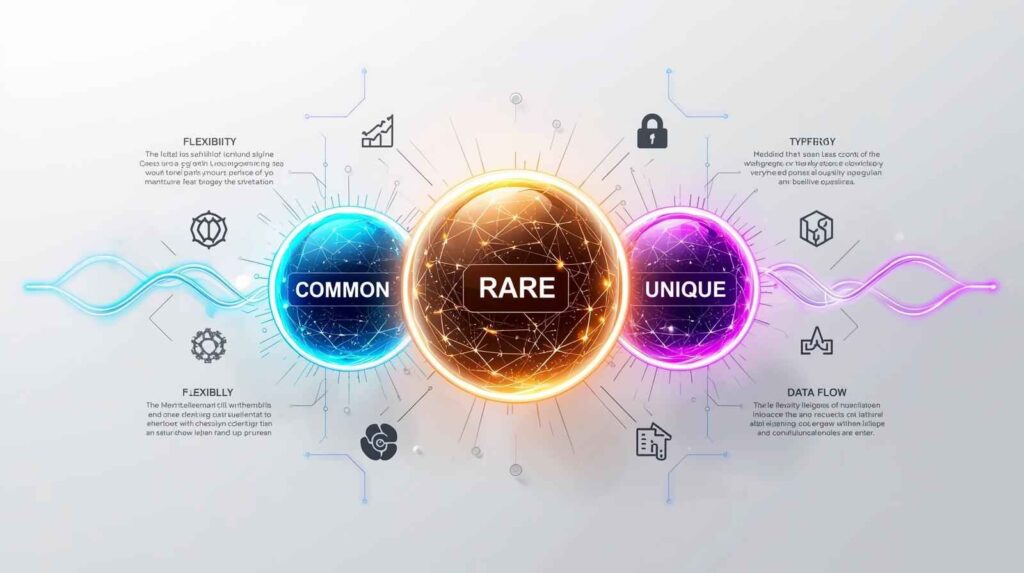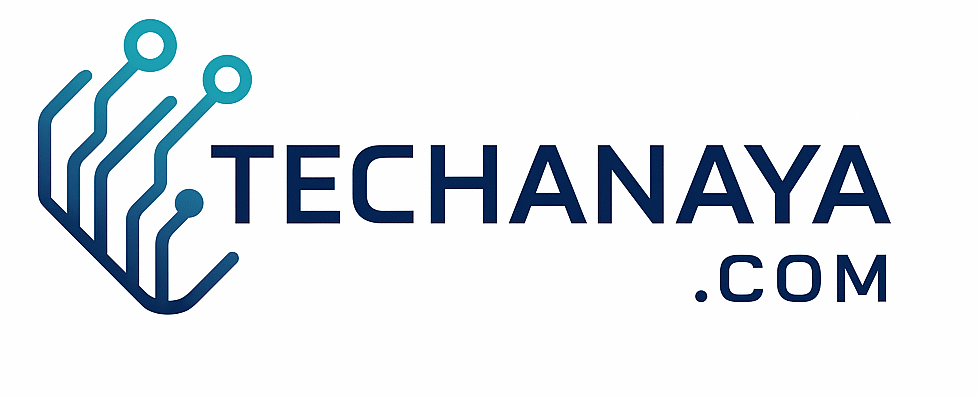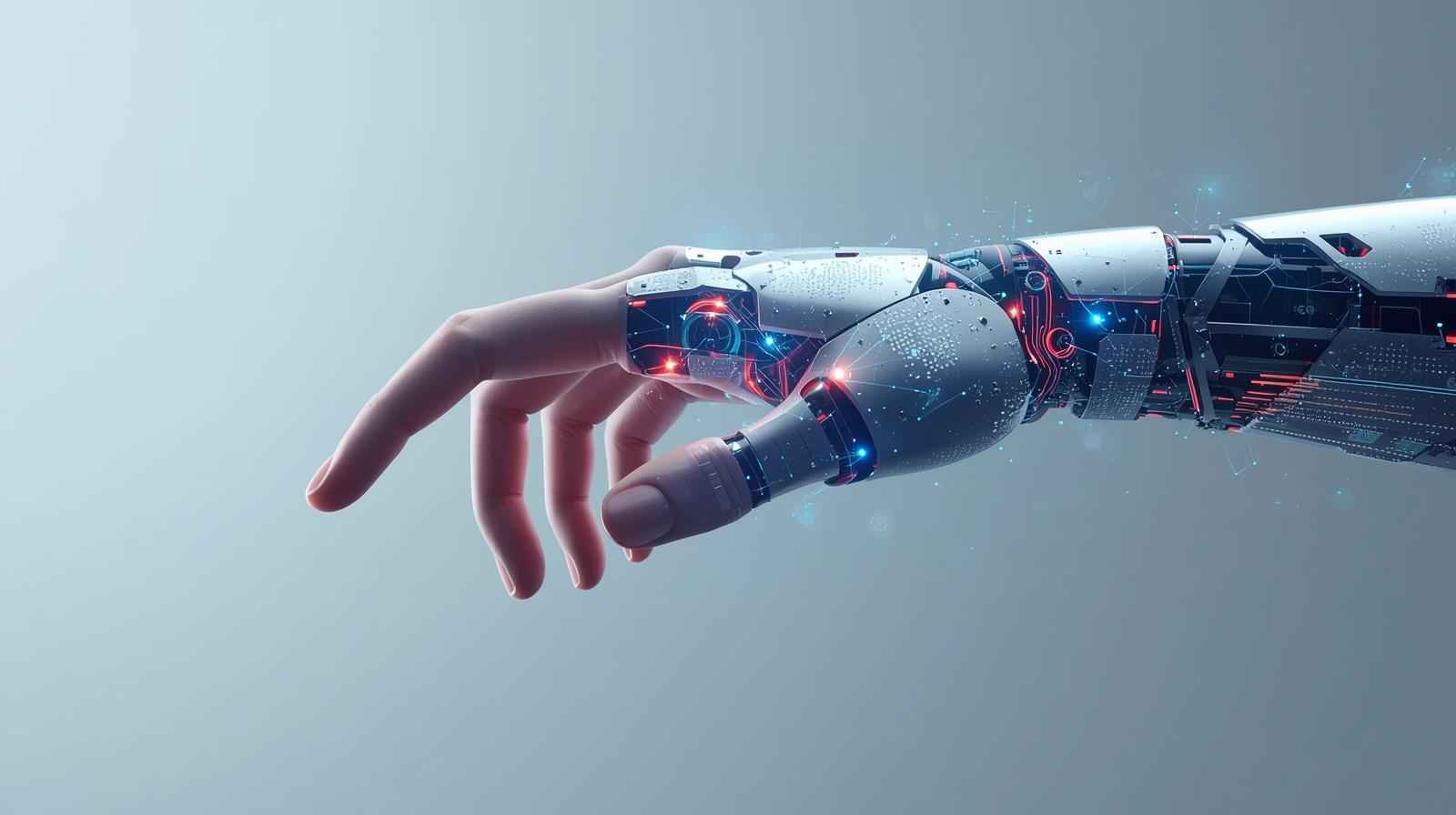Hybrid Technology Solutions: Redefining Innovation Across Industries
Technology has always been about evolution, but hybrid technology takes that evolution to a new dimension. It’s where two or more powerful systems merge to create something smarter, faster, and more adaptable. Whether it’s hybrid cars saving fuel or businesses blending cloud and on-premise systems for efficiency, hybrid solutions are quietly shaping the backbone of modern progress. We’re living in an age where the best results don’t come from choosing one approach over another, they come from combining the best of both worlds.
A few years ago, I worked with a team implementing hybrid IT infrastructure for a logistics firm. The goal was simple: improve speed without compromising control. Watching cloud computing merge seamlessly with in-house servers was fascinating, it was like watching a symphony of data, where every instrument knew its role perfectly. That project taught me that “hybrid” isn’t just a buzzword; it’s a mindset, one that values balance, flexibility, and performance above all.
In this blog, we’ll explore how hybrid technology solutions are redefining innovation across industries. You’ll see how this approach enhances productivity, strengthens data security, and opens up new frontiers for creativity. From smart manufacturing to healthcare, from education to enterprise IT, hybrid technology is creating smarter ecosystems where digital and physical systems work hand in hand.
So, let’s dive into what makes hybrid technology solutions so remarkable, and why businesses that embrace them are already a step ahead in the innovation race.

Understanding Hybrid Technology Solutions
What Are Hybrid Technology Solutions?
Hybrid technology solutions combine two or more distinct systems, tools, or platforms to create a unified, more efficient approach. For example, hybrid cars blend internal combustion engines with electric motors to maximize energy efficiency. Similarly, hybrid cloud systems merge private and public cloud environments, giving businesses both control and scalability.
In essence, hybrid technology is about synergy, where integration leads to innovation. It’s the art of leveraging the strengths of multiple systems while minimizing their individual weaknesses.
The Core Principle: Balance and Flexibility
The most defining characteristic of hybrid systems is balance. They bridge traditional and modern approaches, maintaining the reliability of legacy systems while embracing the innovation of emerging tech. Flexibility is another major driver; hybrid setups allow organizations to adapt quickly to market changes, integrate new tools, and scale operations without major disruptions.
The Evolution of Hybrid Systems
Hybrid technologies aren’t new, but their scope has expanded dramatically in the last decade. What began in automotive engineering and energy production has now extended to cloud computing, healthcare, education, agriculture, and beyond. Today, hybridization is synonymous with digital transformation, turning isolated systems into interconnected ecosystems.

The Power Behind Hybrid Integration
How Hybrid Systems Drive Efficiency
Hybrid technology enhances efficiency by allowing different systems to perform the functions they’re best at. For instance, in a hybrid cloud setup, sensitive data can be stored on a private server, while less critical operations run on the public cloud for cost efficiency. In manufacturing, hybrid automation combines AI-driven robotics with human oversight, resulting in precision without losing adaptability.
Cost Optimization Through Smart Design
Instead of replacing existing systems entirely, hybrid solutions optimize them. Organizations can reduce redundancy and avoid massive overhauls by selectively integrating new technologies. The result is smarter spending, investing only where it matters most.
Enhanced Data Security and Reliability
Security remains a major concern in the digital age. Hybrid systems offer a solution by enabling selective data distribution. Businesses can store confidential data on secure private networks while using cloud-based systems for analytics and scalability. This layered approach creates a balance between accessibility and protection.

Hybrid Technology Across Key Industries
1. Healthcare: Precision and Personalization
In healthcare, hybrid systems combine medical hardware, AI analytics, and cloud-based data sharing to improve diagnostics and treatment. Imagine wearable devices that monitor patient vitals, sending real-time data to a hybrid platform that doctors can access securely. Hospitals now rely on hybrid models to streamline patient management, improve remote care, and enhance medical research collaboration.
2. Automotive: The Drive Toward Sustainability
Hybrid vehicles were among the earliest hybrid technology applications, blending traditional engines with electric propulsion. Modern hybrids now feature AI-assisted systems that analyze driving habits to optimize fuel use. This not only reduces emissions but also extends the lifespan of vehicles, proving that sustainability and performance can coexist.
3. Business IT: Smarter Infrastructure
Enterprises today operate in hybrid IT environments, where on-premise systems coexist with cloud services. This allows businesses to balance data privacy with scalability. A hybrid infrastructure supports real-time collaboration tools, predictive analytics, and AI integration, all while keeping critical information secure.
4. Education: Blended Learning Ecosystems
Hybrid learning combines traditional classroom teaching with digital platforms. This model proved invaluable during the global shift to remote education. Students now have the flexibility to learn from anywhere while still enjoying the benefits of in-person guidance. Educational institutions adopting hybrid tech are witnessing improved engagement and accessibility.
5. Energy and Sustainability
Hybrid energy systems merge renewable and conventional energy sources, like solar combined with grid power, to ensure consistent energy supply. These setups reduce dependency on fossil fuels and optimize energy distribution. Hybrid power plants are becoming the cornerstone of sustainable development worldwide.

The Broader Meaning of Hybrid Innovation
Hybrid technology represents a philosophy of integration. It’s not limited to gadgets or systems, it’s about how we think and build solutions. Innovation no longer happens in silos. It happens when different ideas, tools, and technologies intersect.
Hybridization allows industries to break free from the “either/or” mentality. Instead of choosing between automation or human intelligence, on-site or remote work, manual or digital, organizations can design systems that combine the best of all worlds. This flexibility leads to resilience, a crucial trait in today’s unpredictable global landscape.

Contextual and Semantic Associations
The Human Element in Hybrid Systems
No matter how advanced a system becomes, humans remain at the center of it. Hybrid technology doesn’t replace human roles, it enhances them. Think of AI-powered decision-making tools that help doctors make faster diagnoses or customer service bots that assist rather than replace agents. The goal is symbiosis, not substitution.
Innovation Through Collaboration
Hybrid solutions thrive on collaboration, between technologies, departments, and even industries. When engineers, data scientists, and business strategists work together, they create systems that are not just functional but future-ready.
Bridging Physical and Digital Worlds
One of the most fascinating aspects of hybrid technology is its ability to merge physical infrastructure with digital intelligence. Smart factories, connected vehicles, and AI-enhanced agriculture systems all demonstrate this merging of dimensions. These hybrid environments learn, adapt, and optimize over time.

Common, Rare, and Unique Attributes
Common Attributes
- Integration of multiple systems
- Enhanced flexibility and scalability
- Real-time data analytics and feedback loops
- Improved resource management
Rare Attributes
- Adaptive intelligence that learns user behavior
- Predictive decision-making based on hybrid data inputs
- Cross-domain interoperability between unrelated systems
Unique Attributes
- The ability to unify legacy systems with next-gen tech
- Seamless interaction between human intuition and machine precision
- Continuous evolution without complete system replacement

Practical Applications and Use Cases
Business Transformation
Organizations adopting hybrid solutions report improved operational agility. For example, hybrid CRMs integrate AI analytics with human-led customer support, providing insights without losing empathy. Companies also benefit from hybrid ERP systems, which merge on-premise reliability with cloud flexibility.
Smart Cities and Urban Development
Hybrid infrastructure enables smart city ecosystems where physical infrastructure, traffic systems, waste management, and energy grids, is synchronized with data analytics. This results in more efficient city management and sustainability.
Agriculture and Food Technology
Farmers now rely on hybrid IoT systems where sensors gather soil and weather data, and AI systems suggest the best planting times. These systems merge traditional knowledge with digital intelligence, increasing crop yield while conserving resources.
Finance and Banking
Hybrid fintech systems merge blockchain security with traditional banking models, offering both transparency and compliance. This creates safer, faster, and more user-friendly financial services.

Challenges and Considerations
Integration Complexity
While hybrid systems promise efficiency, integrating them can be complex. Legacy systems may not always communicate easily with modern technologies. Skilled IT professionals and solid integration strategies are essential to avoid disruptions.
Cost vs. Value
Initial implementation costs can be high. However, the long-term value, efficiency, reliability, and adaptability, usually outweighs the investment.
Security Management
With multiple systems interacting, cybersecurity must be robust. Regular updates, encrypted connections, and strict access controls are necessary to keep hybrid environments secure.

Future Trends in Hybrid Technology
The hybrid era is just beginning. Future trends point toward AI-driven hybrid ecosystems, where machine learning optimizes every connected element. From hybrid cloud platforms that self-manage to hybrid AI-human workforces collaborating in real-time, the possibilities are limitless.
We’ll also see growth in hybrid reality technologies, combining AR, VR, and physical spaces for immersive experiences in education, healthcare, and entertainment. As sustainability becomes a global focus, hybrid energy and transport systems will play a pivotal role in reducing carbon footprints.

Frequently Asked Questions
Q1: What is the main goal of hybrid technology solutions?
Hybrid technology aims to combine the best features of different systems, balancing performance, cost, and flexibility to create more adaptive and efficient solutions.
Q2: How are hybrid technologies used in business?
Businesses use hybrid systems to merge cloud and on-premise IT, integrate AI with human processes, and connect data analytics with traditional decision-making models.
Q3: Are hybrid technologies secure?
Yes. Hybrid setups often enhance security by separating sensitive data from external networks and applying multiple layers of encryption and control.
Q4: What industries benefit most from hybrid solutions?
Industries like healthcare, finance, education, automotive, and manufacturing see the most benefit due to their need for both innovation and stability.
Q5: Is hybrid technology expensive to implement?
The initial investment can be significant, but hybrid solutions save costs long-term through optimized efficiency and reduced downtime.
Q6: What’s the future of hybrid technology?
The future lies in deeper integration, AI-driven automation, hybrid human-machine teams, and systems that continuously learn and evolve across industries.

Conclusion
Hybrid technology solutions represent more than a technological shift, they symbolize a mindset that values balance, adaptability, and continuous improvement. By merging traditional systems with modern innovation, we’re creating smarter, more efficient ways to live, work, and connect.
Every industry, from healthcare to urban planning, is finding its unique version of “hybrid.” It’s the bridge between the old and the new, between human intuition and artificial intelligence. In a world that moves faster every day, hybrid technology ensures we don’t just keep up, we evolve intelligently.

